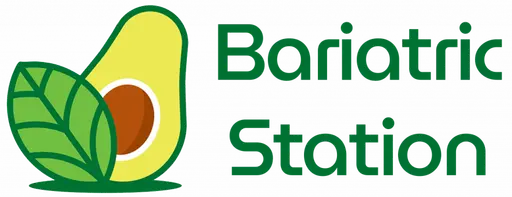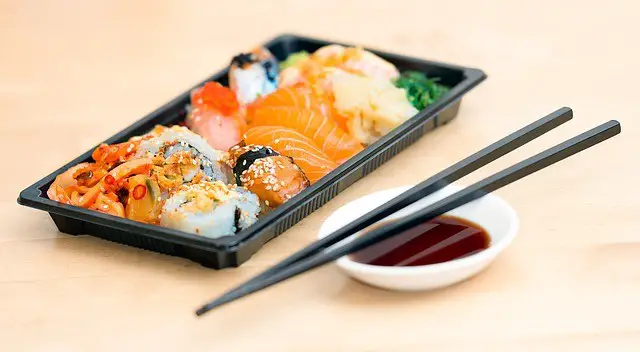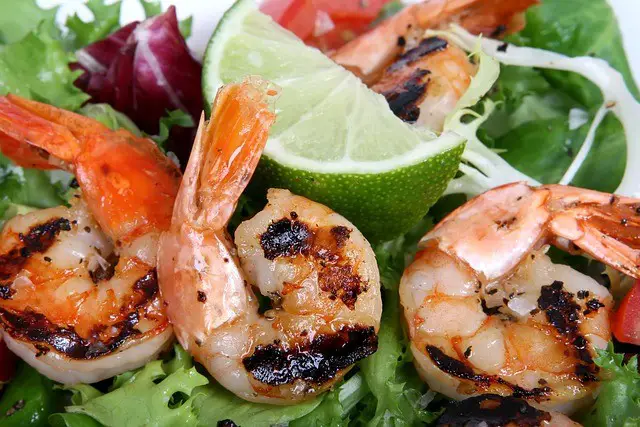You are probably wondering if your favorite sauce is keto friendly. Sushi hits differently when soy sauce comes into play, but is soy sauce keto friendly? Will taking soy sauce kick you out of ketosis? Can you eat soy sauce on a low-carb diet?
In today’s article, we will look at soy sauce’s nutritional facts, and answer the question, is soy sauce keto friendly? Let’s get saucing, shall we?
What Is Soy Sauce?
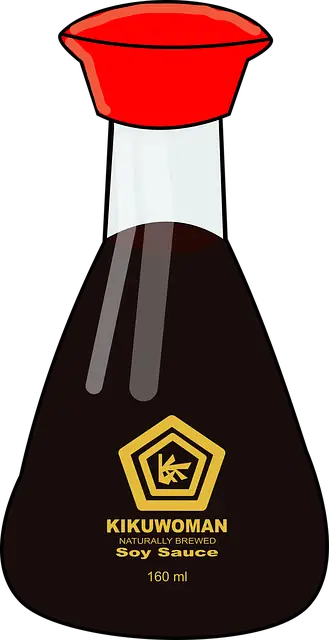
Soy sauce, traditionally, is made from fermented soya beans, roasted grain, salt, and water. Soy sauce’s country of origin is China and dates back to 2500 years ago making it the world’s oldest condiment. Thereafter, it became popular in East and Southeast Asia, taking root in Asia and later the rest of the world.
The most common variety is the dark brown soy sauce that gives your food a salty umami flavor. How can you use soy sauce? You can add it to your food as a salt substitute, an all-purpose dipping sauce, a marinade, a baste for roast, for poaching poultry and you can mash it into compound butter.
Types of Soy Sauce
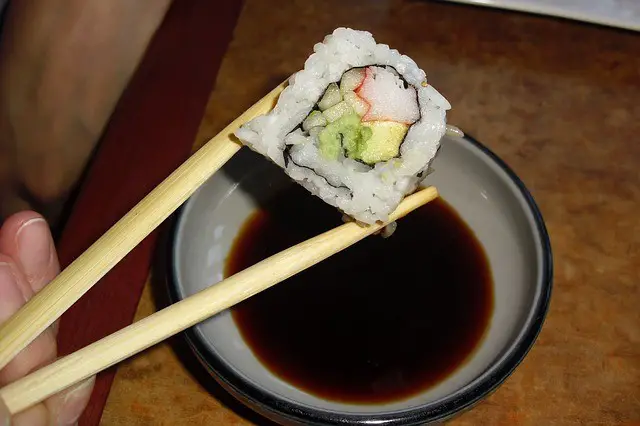
According to Japan Agricultural Standards (JAS), there are five types of Japanese soy sauce:
- Common: The probability of the soy sauce you have come across at your local grocery shop being Koikuchi Shoyu or common soy sauce is high. The color of this dark brown liquid is attributed to the high percentage of soybeans, compared to other varieties. Now you know why it falls under the dark soy sauce variety.
Its fruity taste is what makes it the perfect mask for the meaty and fishy scents in your keto food. It is slightly thicker than other varieties and can be used when cooking and at the table.
- Light Soy Sauce: From the Kansai region, Usukuchi Shoyu (light soy sauce) is the lighter, saltier soy sauce variety, with a complex aroma. It takes longer to ferment and mature because of its high salt content. If you’re looking to make your neighbors salivate, cook with the light soy sauce variety. Its complex aroma will have mouths drooling since it enhances the original flavors of your ingredients.
- Tamari Shoyu: Tamari is your fermented sauce from the Chubu region. Unlike Usukuchi Shoyu, Tamari does not contain any wheat because all its liquid content is drawn off during processing. So, our buddies on a gluten-free diet won’t miss out on this spice’s goodness.
Another difference from other soy sauce varieties is that Tamari has a mellow, less salty flavor and is thicker. What you find on the table in your favorite Japanese sushi joint is Tamari Shoyu. Although, the one on the table in Chinese restaurants is usually Light Chinese soy sauce.
- Saishikomi Shoyu: Considered the most unique soy sauce, unlike traditional soy sauce made from brewing brine with koji, this one is made by incorporating other soy sauces. Hence its surname “refermented soy sauce”. Another trait specific to Saishikomi is double amounts of wheat and soybean are used than in regular soy sauce, giving it a dense flavor, aroma, and color. Our refermented sauce is considered a sweet soy sauce.
- Shiro Shoyu (White soy sauce): From its name white soy sauce, you can tell it is lighter than others, especially Usukuchi Soy. Shiro Shoyu has an amber light color, unique only to this variety because it is made from a higher wheat ratio than the rest.
Its bland but sweet taste makes it a sweet soy sauce. However, despite its sweetness, it still has a high salt content. Its light color makes it the perfect fit for making soups and any other recipe that you wouldn’t want to change the color of your meal.
How Many Net Carbs Are in Soy Sauce?
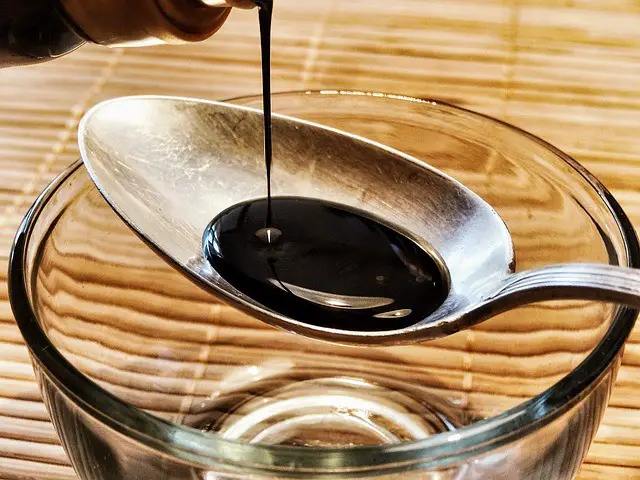
According to USDA, in a 100g of soy sauce you will get:
- Energy: 53kcals
- Protein: 8.14g
- Total fat: 0.57g
- Total carbs: 4.93g
- Dietary fiber: 0.8g
- Sugars: 0.4g
- Net Carbs: 4.15g
The net carbs per tablespoon serving of Shoyu soy sauce are 0.661g. Does this make soy sauce keto? Considering how many carbs are in Shoyu soy sauce, it is low carb, making this soy sauce keto.
How about with every other variety? Let’s take a look at the carbs in soy sauce and whether each one is a keto-friendly soy sauce.
Ensure you read the nutrition label to get information on the carb content, to be able to determine whether it is a keto soy sauce.
Is Soy Sauce Keto friendly?

Yes, you can have soy sauce on a keto diet because of how many carbs it contains. Most soy sauce brands are acceptable on keto because of their low carb content allowing the body to achieve ketosis.
The glycemic index of soy sauce is 15 and the glycemic load is 1, meaning consuming soy sauce will not spike your blood sugar levels. Isn’t this suitable addition to a low-carb diet when making your delicious keto recipes?
Individuals on a dirty keto and clean keto diet can take keto soy sauce because their carb intake is limited to 20 g a day. Since keto soy sauce is consumed as a condiment, you can still stay within your carb limits.
However, not everything about soy sauce is healthy, especially for individuals with metabolic syndrome. Due to the high processing that occurs when making soy sauce, unhealthy components are produced or added which can cause harm to your overall health.
Phytoestrogens
According to research, the consumption of high amounts of soy sauce has been associated with hormone imbalances. More research is needed over a longer period, with a larger population to confirm this phenomenon.
Gene alteration
In the USA the only genetically modified beans are soybean. Eating genetically modified foods has been associated with an increased risk of developing cancer, allergies, and environmental concerns.
High sodium content
According to USDA, one tablespoon of soy sauce contains 878mg of sodium. The FDA recommends a dietary intake of fewer than 2300mg of sodium per day. Increased sodium intake results in increased chances of developing high blood pressure and kidney disease. The more tablespoons of soy sauce you take the higher your sodium intake.
You may suffer from micronutrient deficiencies on a keto diet, even though the diet shows the potential of lowering blood pressure. Increased intake of vitamins like B12 and minerals like potassium is necessary to curb the keto flu. Keep in mind that you can get sodium from table salt and other foods, so your dietary sodium doesn’t have to come from soy sauce.
Low sodium soy sauce varieties that are low carb are available in the market that can help you control your intake of sodium while paying attention to carb count.
Chloropropanols
These are chemical compounds formed when glycerol and chlorine react in acidic conditions. It is stipulated that these compounds are formed when vegetable proteins are hydrolyzed in hydrochloric acid.
Processing soy sauce can lead to the production of these toxins that can be harmful to your health. Studies have shown that 3-MCDP, a type of chloropropanol, causes tumors, damages the kidney, and decreases fertility.
Amines
Amines occur naturally in plants and animals and are found in high levels in aged meats, fish, cheeses, and condiments. The amines in soy sauce are histamine and tyramine. Histamine has been linked to allergic reactions like itchiness, stomach upsets, dizziness, headaches, sweating, and stomach problems. Avoid soy sauce on keto if you are sensitive to amines.
Gluten and wheat
Gluten and wheat are not considered keto because they have a high carb content. The net carbs per 100 g of wheat are 41.4 g, with a total carb count of 42.4 g and a fiber content of 1.1 g. Traditional soy sauce contains wheat, which disqualifies it from being used in keto recipes.
You can also have an allergic response to gluten. Be sure to choose Tamari Shoyu soy sauce from your local store. It is the best for keto foods since it is a gluten-free soy sauce.
Added Sugars
Is soy sauce keto, you asked? Well, as long as it does not contain added sugar which can kick you out of ketosis. Some brands use more sugar in their condiments to add flavor, forgetting that sugar contributes to the grams of net carbs in soy sauce. These extra grams of net carbs are what can kick you out of ketosis.
Soy sauce carbs are not high, but the moment you start adding things into your sauce its carb count changes.
Inhibits Iron Absorption
Most soy sauces and soy products are derived from soybean which is high in phytic acid and has been shown to inhibit mineral absorption. This acid inhibits the absorption of iron in the body.
Health Benefits of Soy Sauce
Here are the numerous health benefits that come with consuming soy sauce:
- Improved allergies: a study showed that individuals consuming soy sauce had improvements in their seasonal allergies after taking about 60mls of soy sauce. This could be attributed to consumption of the gluten-free varieties that reduce allergens.
- Promotes digestion: Drinking a cup of soup with a tablespoon of soy sauce in it promotes the production of gastric juice in the stomach, increasing the breakdown of foods. Research investigating the effects of fermented soy sauce showed improved digestion in individuals who took soy sauce.
The sauce has antimicrobial properties against bacteria like Staphylococcus aureus and has antihypertensive components and anticarcinogenic effects.
- Promotes Gut Health: The presence of isolated sugars in some brands has been shown to provide probiotics in the gut, improving the gut microbiota. In addition, the fermented varieties act as prebiotics to probiotics that enhance gut function.
- Promote Immune system: Polysaccharides found in soybeans help in boosting immunity. Another research done on mice showed that the polysaccharides in Shoyu enhanced the production of Immunoglobin A (IgA) and administering 1.5 mg of soy sauce orally every day increased the concentration of IgA.
- Antioxidants: They are primarily found in soybeans. Maltol, found in dark soy sauce, is one of these antioxidants that also contribute to the sauce’s flavor. Maltol inhibits lipid peroxidation mediated by iron by enhancing the oxidation of ferrous ions which is a prooxidant.
Most research done to prove the health benefits of soy sauce was done on animals, increasing the need for human studies to better understand the potential benefit of soy sauce.
What Can You Substitute for Soy Sauce?
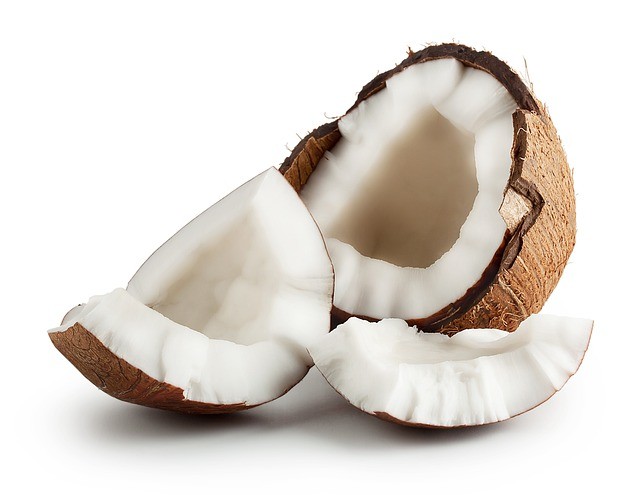
Is soy sauce keto friendly? It is very important to have keto soy sauce alternatives since most brands contain gluten and high levels of sodium. The best keto soy sauce is:
Tamari
Since it does not contain wheat, you can use it on a clean keto diet. It is gluten-free and sugar-free making it most suitable for keto recipes. There are no significant changes in taste so you can use it directly in your keto meal.
The best soy sauce alternative is:
Liquid aminos
They are made by combining soy and water, then adding enzymes to the mixture. Just like tamari, liquid aminos are wheat-free and vegan-friendly.
Liquid aminos contain no carbs and no fats, making them keto-friendly. But, some brands add artificial sweeteners, highly processed vegetable oils, and sugars into them increasing their carb content. When choosing liquid aminos on keto, choose the sugar-free variety with no vegetable oils. Alternatively, fish sauce made from only anchovies would be a better low-carb, high-fat alternative to liquid aminos with added sugars.
Here’s why one of the most commonly recommended soy sauce alternatives is not keto:
Coconut aminos
This sauce is not made from coconuts but from fermented coconut sap of the coconut palm and contains 15-18% sucrose. Coconut aminos consist of 50% sugars and have some of their natural sugars converted to amino acids. However, in a 100 g serving of coconut aminos, you will get 47 g of carbs. Their glycemic index is 42 and their glycemic load is 4.
The downside of keto dieters using coconut aminos is they cost five times more than Tamari per tablespoon and has a high carb content which can kick you out of ketosis. You cannot consume coconut aminos on a low-carb diet.
What To Look for When Choosing Soy Sauce for Keto

- Net carbs in soy sauce
- Presence of added sugar
- Wheat-free/ gluten-free
- Little to no Preservatives
- Added flavor and colorings- go for natural products.
Conclusion
Is soy sauce keto friendly? The carbs in soy sauce are low explaining why it is a keto sauce. For a healthy keto diet, incorporate soy sauce (at least a tablespoon a day) to your meals as a dip, marinade, or seasoning. Whether Chinese soy sauce or Japanese soy sauce, how many carbs they contain makes them keto, and a good fit for clean and dirty keto.
Due to the increased amounts of chemical compounds and additives in soy sauce, you can opt for Tamari as your soy sauce alternative. Some alternatives have a similar taste to regular soy sauce like coconut aminos, but a higher carb content. All in all, don’t panic you can enjoy soy sauce on keto!
We would like to know how you eat your soy sauce. Do you prefer using it when cooking or on the table? Drop your answers in the comment section below! Keep saucing keto!
